Subscribe Newsletter
A quick message to TECHNID
Client Speaks
Lorem Ipsum is simply dummy text of the printing and ty . . .
Lorem Ipsum is simply dummy text of the printing and ty . . .
Lorem Ipsum is simply dummy text of the printing and ty . . .
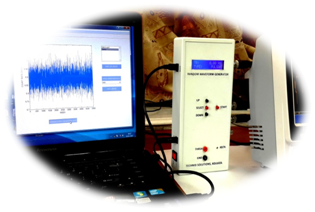
Nuclear Detector Type Random Waveform Generator synthesizes random pulses compliant with programmable statistical distribution in time, familiar in nature to that generated by the nuclear detectors in the pulse and intermediate region of reactor operation. It emulates temporal distribution of nuclear detector system using 64 bit internal LFSRs. At higher event rates, the closely spaced events are summed together simulating pulse pile up phenomenon for maximum up-to 10 pulses for a pulse width as low as 50ns.The system has been realized using 1.5M gate FPGAs design running at 200MHz along 400MSPS DACs. The entire UI is controlled using 50MHz ARM Cortex M3 Controller.
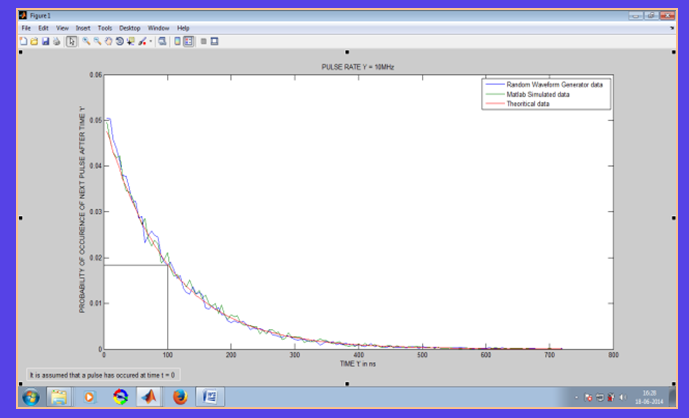
- Nuclear Detector type random waveform synthesizer with pulse pair resolution of 5ns.
- 64 bit internal LFSRs generating temporal randomness.
- The pulse characteristics such as rise time and fall time are user adjustable from 10ns to 1000ns and 10ns to 5000ns respectively.
- A Never before dynamic range from ±0.2V to ±10V along with Current out for such instrument, supporting both 50Ω and 75Ω output impedance.
- The pulse shapes can be linear rise – linear fall, linear rise – exponential fall or flat pulse type and are user selectable.
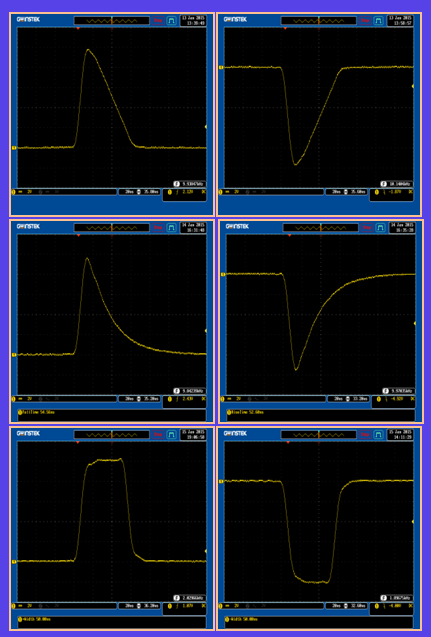
- The instrument has a test back feature using which the generated signal can be tested back by determining and displaying its computed mean count rate. Further the Distribution of Instantaneous Count Rate (ICR) around Mean Count Rate(MCR) following Poisson Distribution Curve (PDC) is plotted on the PC using USB 2.0 interface.
- PC based USB2.0 connectivity along with GUI for waveform analysis and data storage. MATLAB based An exclusive Graphical User Interface (GUI) to view predefined Mean Count Rate (MCR) data along with its Poisson Distribution Curve (PDC).
- Very High Speed algorithm for generating randomness online on a 3M gate count Custom FPGA and Ultra high speed DACs @ 400MHz together generate such random waveform train with a randomness repetition rate ranging from 8 hours to 1.2e+6 hours.
- 50MHz ARM cortex Controller is used for other important functionalities apart from UI.
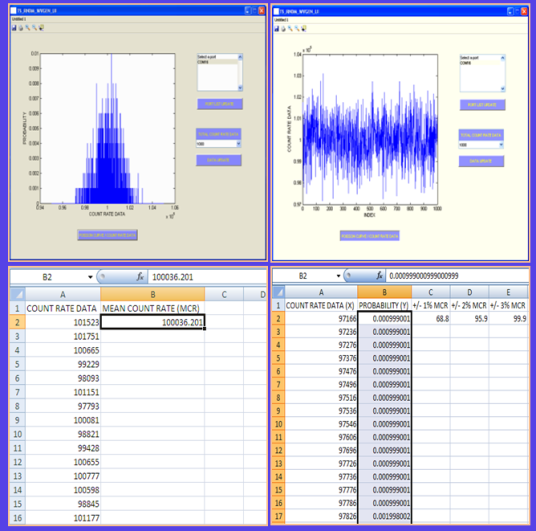
- Detailed Manuals Available.
- Linear Rise – Linear Fall Pulse
- Amplitude: (±0.2V) to (±10V) @ (±0.1V ) (No load)
- Rise Time: 10ns to 1000ns @ 10ns
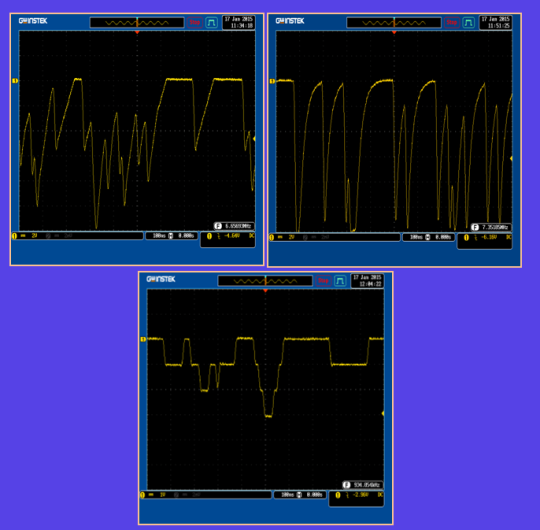
- Fall time: 50ns to 5100ns @ 10ns
- Linear Rise – Exponential Fall Pulse
- Amplitude: (±0.2V) to (±10V) @ (±0.1V) (No load)
- Rise Time: 10ns to 1000ns @ 10ns
.png)
- Fall time: 50ns to 1620ns @ 10ns
- Unipolar Square Pulse
- Amplitude: (±0.2V) to (±10V) @ (±0.1V) (No load)
- Pulse Width: 50ns to 5110ns @ 10ns

THIS HAS BEEN DEVELOPED FOR REACTOR INSTRUMENTATION APPLICATION

.png)